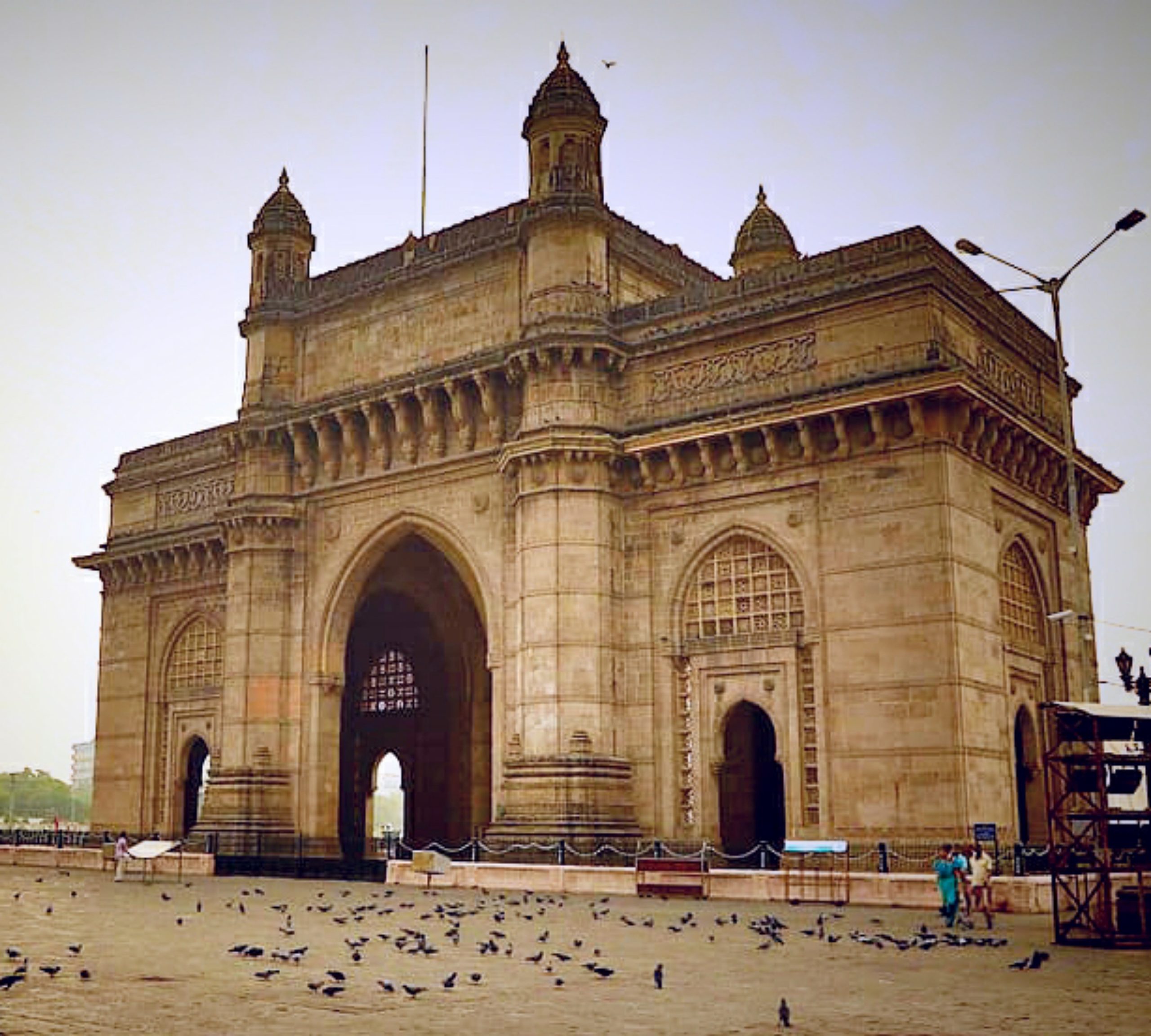Gateway of India: Standing tall and proud along the bustling waterfront of Mumbai, the Gateway of India is an iconic monument that has become synonymous with the city’s rich history and cultural heritage. This architectural marvel, overlooking the Arabian Sea, has not only witnessed the changing tides of time but has also played a pivotal role in the historical narrative of India. As the Gateway celebrates its existence, we delve into the fascinating story behind this symbol of Mumbai’s grandeur.
“Marvel at the grandeur of the Gateway of India, an iconic landmark that graces the waterfront of Mumbai. Symbolizing the city’s historic charm, this architectural masterpiece stands tall against the Arabian Sea, welcoming visitors with its regal arch and intricate details. Whether you’re taking a leisurely stroll, enjoying the sea breeze, or capturing the mesmerizing sunset, the Gateway of India is a timeless symbol of Mumbai’s cultural and historical significance. Join us in relishing the allure of this monumental gateway that has witnessed the ebb and flow of time and events in the vibrant city of Mumbai.”
Historical Significance: Gateway of India
The Gateway of India holds immense historical significance, marking an era when India was a British colony. The foundation stone of this colossal structure was laid on March 31, 1911, to commemorate the visit of King George V and Queen Mary to Bombay (now Mumbai). However, it wasn’t until 1924 that the monument was completed and opened to the public.
Architectural Marvel: Gateway of India
The architecture of the Gateway of India is a harmonious blend of various styles, primarily incorporating Indo-Saracenic and Muslim architectural elements. Designed by the renowned architect George Wittet, the monument boasts a grand arch with intricate latticework and intricate detailing. The central dome, adorned with a diametrically placed four-sided protrusion, adds to its majestic appearance. The structure is constructed using yellow basalt and reinforced concrete, giving it both strength and a distinct aesthetic appeal.
Symbol of Independence: Gateway of India
Interestingly, the Gateway of India acquired a new layer of significance during the early hours of February 28, 1948. It was at this location that the last of the British troops departed from India, marking the end of British rule. The departure ceremony held at the Gateway of India was a poignant moment in history, symbolizing India’s newfound independence.
Tourist Attraction:
Today, the Gateway of India stands not only as a historical monument but also as one of Mumbai’s premier tourist attractions. The location attracts both locals and international visitors alike, drawing them in with its breathtaking views of the Arabian Sea and the Taj Mahal Palace Hotel in the background. The promenade surrounding the Gateway bustles with activity, featuring street vendors, photographers, and local artists, creating a vibrant atmosphere.
Elephanta Caves and Boating:
Adjacent to the Gateway of India is the starting point for boat rides to Elephanta Island, home to the UNESCO World Heritage Site, the Elephanta Caves. These ancient caves, with their intricate sculptures and rock-cut architecture, offer a captivating glimpse into India’s rich artistic and religious history. The boat ride itself is a delightful experience, providing visitors with a unique perspective of the Mumbai skyline.
Night Illumination:
As the sun sets over the Arabian Sea, the Gateway of India undergoes a magical transformation. The monument is beautifully illuminated, casting a mesmerizing glow that reflects on the calm waters. The night view of the Gateway is a sight to behold, attracting photographers and locals who gather to witness this enchanting spectacle.

Conclusion:
The Gateway of India, with its historical significance, architectural splendor, and cultural prominence, remains an integral part of Mumbai’s identity. As this iconic monument celebrates its enduring presence, it continues to be a symbol of pride for the city and a testament to India’s journey through time. Whether you’re a history enthusiast, a culture lover, or a casual tourist, the Gateway of India stands ready to welcome all to its grand embrace, inviting them to explore the rich tapestry of Mumbai’s past and present.

